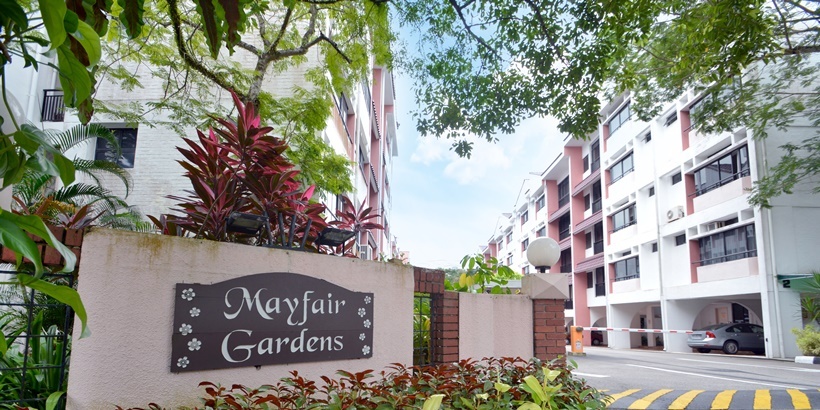
Earlier this year, New York State established a brownfield redevelopment strategy. Quickly afterwards, the Iowa State Senate passed a similar bill establishing a redevelopment tax program for brownfield and greyfield websites in that state.
The United States Epa defines a brownfield site as "real property, the expansion, redevelopment, or reuse which might be made complex by the existence or potential presence of a hazardous substance, pollutant, or pollutant." A brownfield website is usually the previous location of a chemical plant or production facility that made or used potentially hazardous compounds like commercial cleaning products or fertilizer. Though a center might have been deserted for years, harmful chemicals may still be present in the facility itself and the ground on which it sits. The cost of cleaning brownfield sites can be so high regarding avoid them from being established at all. As a result, the hazardous impurities stay in the environment, posturing health threats while the deserted home all at once prevents the area's economic development.
The redevelopment of greyfields typically costs less because there are no dangerous impurities to dispose of. In addition, the existing facilities (including plumbing and electrical wiring) can in fact minimize the expense of development.
A revitalization plan released by the U.S. Department of Real Estate and Urban Development (HUD) in 2005 suggested greyfields as viable development chances because of their often-close distance to main traffic arteries and public gathering places like sports complexes.
In 2002, President Bush signed into law the Small company Liability Relief and Brownfields Revitalization Act, which designated more funding for the clean-up and development of brownfield sites. Regrettably, due to the fact that greyfields position no real ecological or health dangers, there is little federal funding allocated particularly for their development.
Nevertheless, Iowa's just recently passed legislation enables the state's Department of Economic Development to use as much as $5 million of its designated redevelopment tax credits for both brownfield and greyfield websites. The existing redevelopment provision permits an optimum thirty percent credit, based on the overall qualifying financial investment expenses. At minimum, a twelve percent credit is granted for certifying investment in a greyfield website. If the job also satisfies the requirements for "green developments," that credit is bumped approximately 15 percent. A minimum 24 percent credit is offered for brownfield websites, and is increased to 30 percent for green advancements. With this new law in place, more money is now readily available for financiers and builders going to check out development possibilities on property considered brownfield or greyfield.
Lawmakers hope the brand-new provision offers reward for developers to utilize old industrial websites and vacant shopping centers, which are plentiful, instead of seeking to build on formerly unused land. Other states are thinking about similar legislation as they try to find creative methods to motivate development while keep costs as low as Mayfair Collections possible.
Soon afterwards, the Iowa State Senate passed a similar costs establishing a redevelopment tax program for brownfield and greyfield sites in that state.
Iowa's just recently passed legislation enables the state's Department of Economic Development to use up to $5 million of its designated redevelopment tax credits for both brownfield and greyfield sites. A minimum 24 percent credit is readily available for brownfield sites, and is increased to 30 percent for green developments. With this brand-new law in location, more money is now offered for home builders and investors willing to explore development possibilities on residential or commercial property considered brownfield or greyfield.